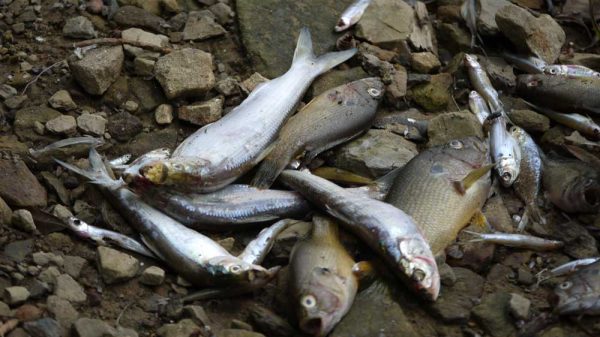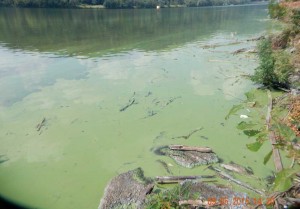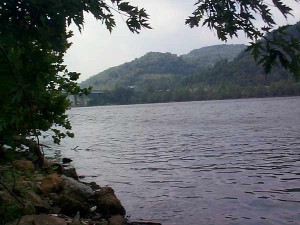- Like
- Digg
- Del
- Tumblr
- VKontakte
- Buffer
- Love This
- Odnoklassniki
- Meneame
- Blogger
- Amazon
- Yahoo Mail
- Gmail
- AOL
- Newsvine
- HackerNews
- Evernote
- MySpace
- Mail.ru
- Viadeo
- Line
- Comments
- Yummly
- SMS
- Viber
- Telegram
- Subscribe
- Skype
- Facebook Messenger
- Kakao
- LiveJournal
- Yammer
- Edgar
- Fintel
- Mix
- Instapaper
- Copy Link
Like my parents, I was born and raised very close to the Ohio River. We only had to hike up a hill in our backyard and we could see the Ohio River and the hills of West Virginia on the opposite side.
The Ohio River starts at the confluence of the Allegheny and Monongahela Rivers and ends in Cairo, Illinois where it flows into the Mississippi River. It crosses through or flows over six states and is the drinking water source for over three million people. More than ten percent of the United States population lives in the Ohio River basin.
As a kid growing up along the river, I quickly realized that the river was being abused. It was obvious by the physical condition of the water. We could see oil residues on the surface, the water had a foul odor most of the time, and on many occasions dead fish littered the shoreline.
When I got older, my sister and I would walk along the river’s edge looking for arrowheads and other Native American artifacts. The Ohio River Valley had once been home to several tribes including the Shawnee, Miami, Seneca, Ottawa, Wyandot, and Delaware. The name Ohio originated from the Iroquois word meaning “great river.”
During my childhood, steel was king in the Ohio Valley. Steel companies occupied a vast amount of landscape up and down the river. There were mills in Steubenville, Weirton, Follansbee, Mingo Junction, and Wheeling. There were also other industrial facilities such as coke plants, chemical plants, and oil storage facilities. In 1989, one of the largest hazardous wastes incinerators in the world was built on the river in East Liverpool, Ohio.
During the 1960s and 1970s, our nation’s environmental conscious was just starting to manifest itself. In 1970, 22 million people gathered all over the United States to celebrate our first Earth Day. That same year the Environmental Protection Agency was created under President Richard Nixon.
For a while these regulations seemed to help alleviate some of the more predominant pollution problems on the river. Recreational use of the river started to increase and water boil orders were seldom issued. However, the mindset that it was okay to use the Ohio River as a waste repository never really changed. Unfortunately, today the Ohio River has earned the auspicious title of being the most polluted river in the United States and has maintained that title for seven years in a row.
In 1948, a multi-state agency was formed to control and abate pollution in the Ohio River Basin. This agency, called ORSANCO, the Ohio River Valley Water Sanitary Commission, has been
monitoring chemical and physical parameters, conducting surveys and coordinating emergency response activities for spills and accidental discharges on the Ohio River.
ORSANCO’s monitoring data shows there are many types of pollutants that originate from many sources. In 2015, an overabundance of phosphorus runoff from agricultural processes, municipal sewage, and septic tanks in the watershed caused a 700-mile-long algae bloom on the river. This type of incident can occur on a lake but is usually not common in a flowing waterway.
In addition to high levels of phosphorus, the water can harbor methyl mercury, a known neurotoxin which accumulates in fish tissue. The river also tests positive for trace quantities of dioxin, polychlorinated biphenyls (PCBs) and other industrial chemicals. While not found in large quantities, these compounds can be quite toxic in small amounts.
Read Part 2 here.
Dr. Randi Pokladnik is a long-time OVEC members. Randi is from eastern Ohio and has lived for more than 60 years in the strip-mined coal counties of Jefferson and Harrison. Unfortunately, deep shale gas fracking activities have become the latest way to destroy these beautiful areas.












